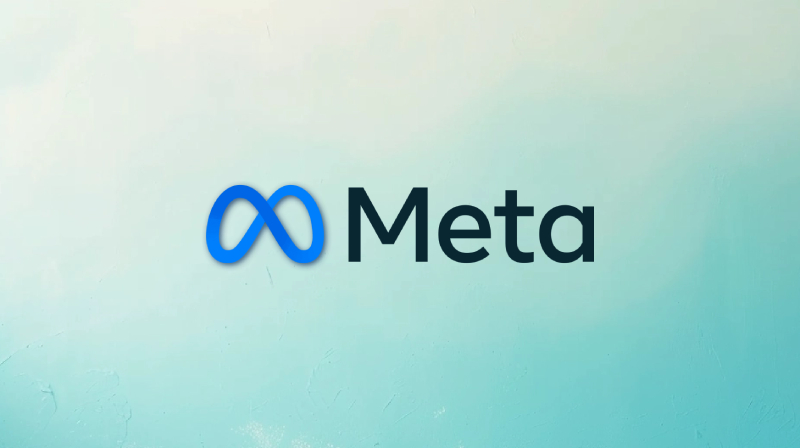Meta made a splash with the announcement of two major developments: an upgrade to their large language model, Llama 3, and a real-time image generation feature. Here’s the breakdown:
- Llama 3: This is the brains behind Meta’s AI assistant, making it faster, more accurate, and offering new features. It tackles tasks like finding restaurants, planning trips, or generating creative inspiration. Meta claims Llama 3 boasts 400 billion parameters, a measure of its complexity, and outperforms previous versions.
- Real-time image generation: This is a game-changer for Meta’s platforms, allowing users to create images based on descriptions directly within apps like WhatsApp. Imagine describing a “cat wearing a birthday hat” and seeing the AI conjure it up in seconds. This opens doors for creative expression, design inspiration, and potentially even educational purposes.
The rollout is underway, with WhatsApp being one of the first beneficiaries. Meta also highlighted partnerships with companies like Essilor Luxoticca to integrate their AI assistant with Ray-Ban smart glasses, enabling features like real-time object identification. Additionally, Google is collaborating to provide real-time search results within the AI assistant’s responses.
This news has several implications. For users, it signifies a more powerful and versatile AI assistant, along with the ability to create and share unique content. For Meta, it’s a significant step forward in establishing itself as a leader in the AI race. However, questions remain about data privacy and potential biases within the AI models.
Overall, Meta’s unveilings mark a significant advancement in AI accessibility and user experience. Whether it lives up to the hype and how responsibly it’s implemented are questions to be answered as this technology unfolds.











